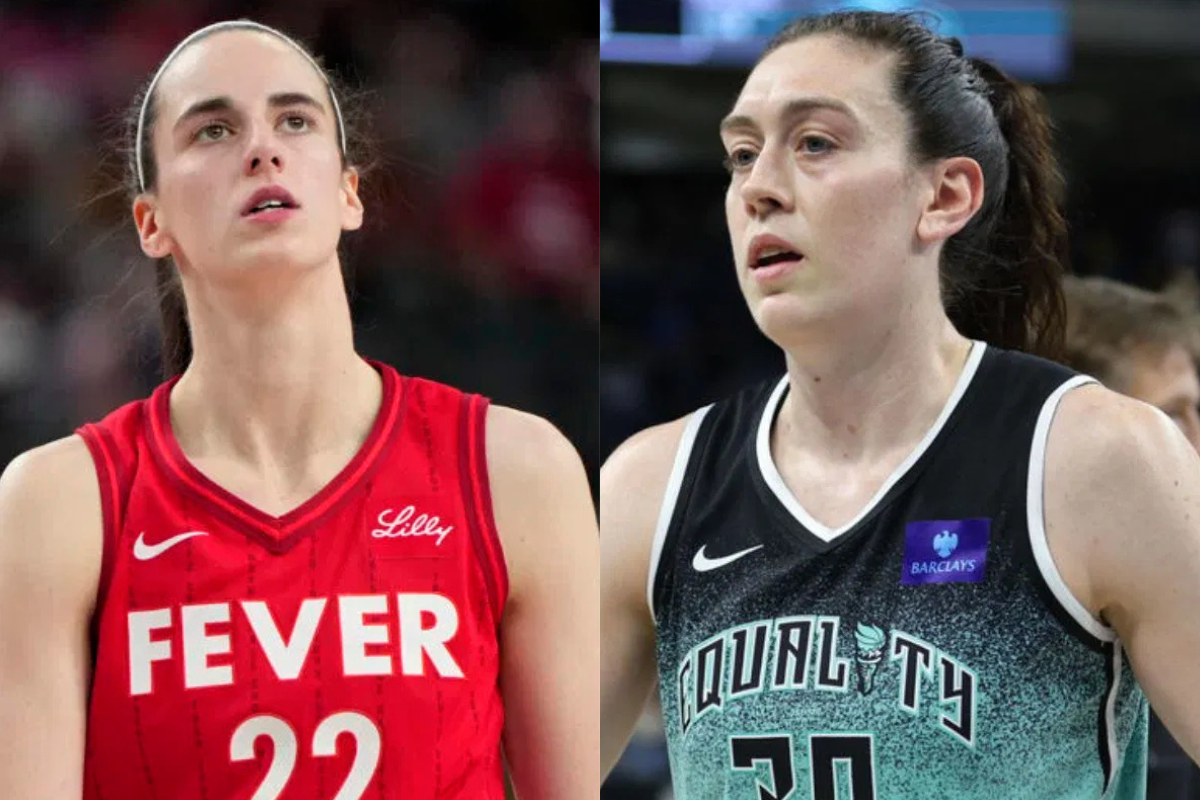

The No. 1 pick from 2016 has found herself in a strangely familiar mess as the top pick from 2024. Hold up if you think it has something to do with matching stats or signature moves. Not long ago, Breanna Stewart’s Liberty steamrolled a Caitlin Clark-less Fever squad 98–77. Although how much of that explosive night (24 points, 11 rebounds, seven assists, and four blocks) is replicable anytime soon is a mystery for now. The bigger problem, though, isn’t performance.
Watch What’s Trending Now!
It is the pace. As analyst Carolyn Peck pointed out, “You’re adding a number of games without adding a significant number of days.” And the numbers back her up: in 2024, the league crammed 40 games into 116 days. In 2025, that increased to 44 games in just 118 days. That’s four more games and only two extra days to squeeze them in. For context, teams played just 34 games as recently as 2019. No other pro league has ballooned its schedule by 29% with such little runway.
An ESPN graphic recently showed the brutal math: players now average just 2.7 days between games. That’s the lowest recovery window in the last five seasons. That shrinking gap means more fatigue, more injuries, and a shakier product on the floor. “Coaches now are having to strategize, ‘Which days do I rest my players?’” Peck continued. “Looking at which ones they can maybe take a game off, and this game’s more important.” Now, Breanna Stewart has fallen into the exact frustrating loop.
ADVERTISEMENT
Stewie exited Saturday’s game against the Los Angeles Sparks before the halfway mark of the first quarter with what the team called a leg issue. She then missed Monday’s loss in Dallas entirely, with Isabelle Harrison starting in her place. And now, ahead of a much-anticipated Finals rematch with the Minnesota Lynx, Liberty head coach Sandy Brondello is prioritizing Stewart’s health.
“She has a right knee bone bruise, and there’s no ligament damage … obviously we escaped major injury there,” Brondello told reporters. “Her timetable is to be determined, to be quite honest, we’ll just see. Hopefully she recovers well, so we’re prepared. We want to make sure that she’s right for the playoffs, but hopefully we can get her back sooner than that.”
Sandy Brondello: “Stewie has a right knee bone bruise. No ligament damage, we escaped major injury there. Her timetable is to be determined, we’ll just see that she’s recovering well.” She reiterates that health for the playoffs is most important.
— Myles (@MylesEhrlich) July 30, 2025
ADVERTISEMENT
She added, “Timetable to be determined. I don’t really know… but keep it fresh for the playoffs. I know she’ll be back before then. How early she gets back, before the end of season, I don’t know.”
Sound familiar? Let me rest my best player… and offer no clear timetable for their return. Because that’s exactly what the Indiana Fever did on July 24, when they released a statement saying: “Caitlin Clark underwent further medical evaluations earlier this week, which confirmed that no additional injuries or damage were discovered. Clark will continue working with the medical team on her recovery and rehabilitation, with the priority on her long-term health and well-being. There is no timetable available for her return.”
And honestly, it’s hard to blame them. At this point, the burden falls on the league. This is the WNBA’s scheduling problem to solve.
Life Without Caitlin: Inside Indiana’s Offense Reset
With Caitlin Clark out for over half the season due to multiple injuries (quad, groin), the Fever have had to scramble to redefine their identity mid-season. That adjustment has revolved mostly around second-year standout Aliyah Boston. She recently discussed the challenge on the first episode of her podcast Post Move, which she co-hosts with Candace Parker.
“Everything is spaced when she’s out there,” Boston said about Clark. “The defense stretches the second she crosses half court. Without her, the floor closes up a bit.” That tighter spacing has forced Indiana to abandon the fast-paced, Clark-driven offense that caught attention earlier this year. Without her threat from deep, the team is now relying more on ball movement and secondary playmakers like Kelsey Mitchell.
“It’s a mental adjustment too,” Boston added. The Fever have prioritized working the ball to the “second and third side,” patiently rotating it to exploit defensive gaps. Moreover, it has been a group effort: Mitchell is scoring over 20 points per game, and Sophie Cunningham has emerged as a steady shooting option. But as Boston noted, “They’re afraid to double in the post when you’ve got shooters like that on the wings.” Without Clark, that defensive fear disappears, and so does the offensive spacing.
Injuries are part of the game, but when a strained system leads to stars sitting, it’s a league-wide issue.
ADVERTISEMENT
ADVERTISEMENT
ADVERTISEMENT
ADVERTISEMENT

